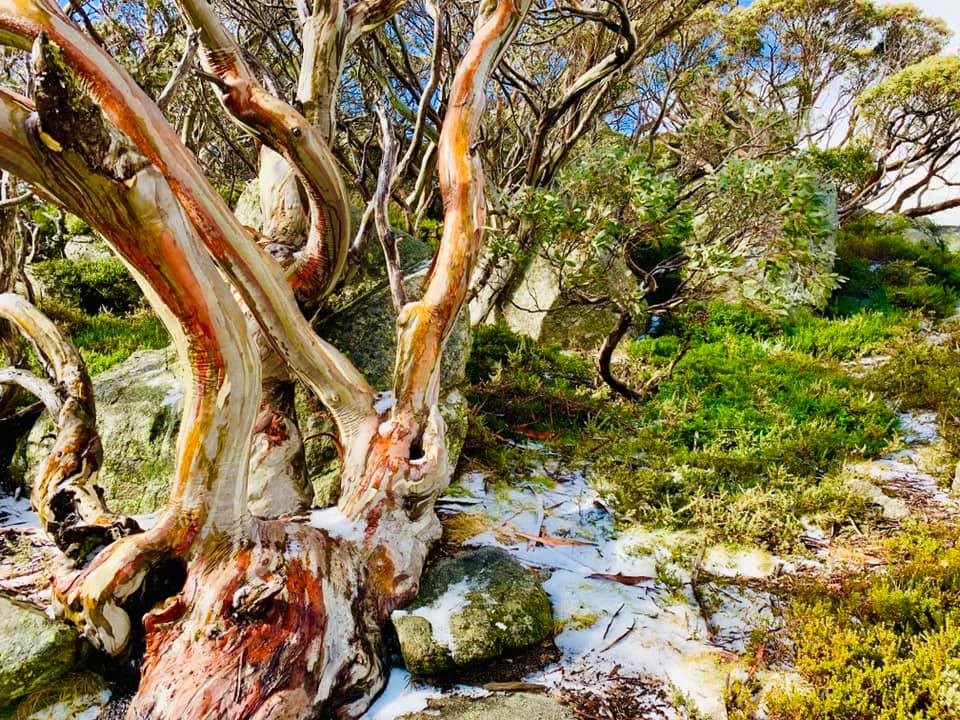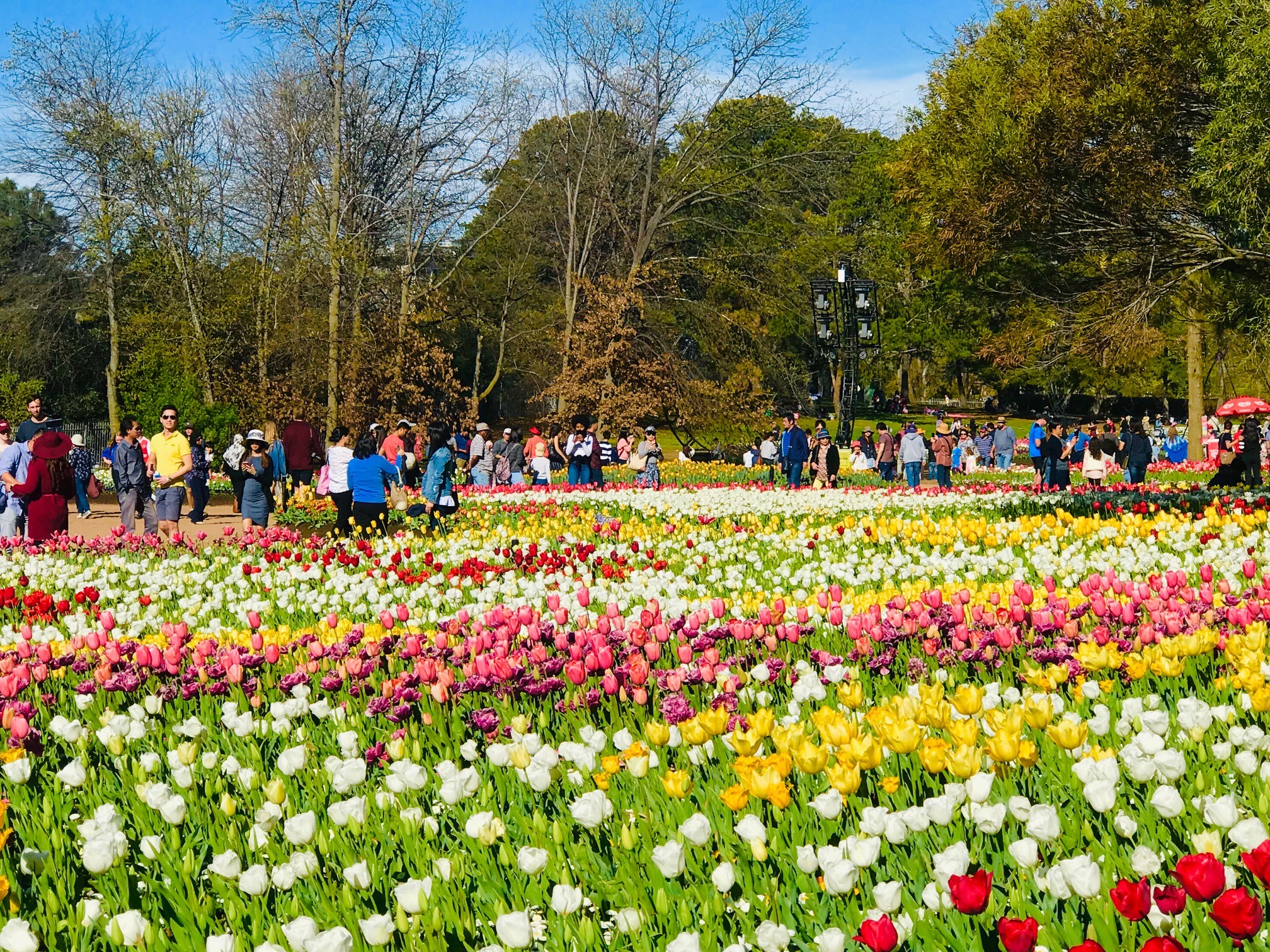Trip to the Levant - Jordan, Jerash
Travelog
On our visit to Jordan, we planned out itinerary in the following order: Jerash and Ajloun, Petra, Wadi Rum, Dead Sea Madabha and Amman in that order. We spent a day in each of these historical sites in Jordan. The earliest Arab/Semitic inhabitants named the then village as Garshu which was later hellenized by Romans, giving it the name Gerasa and now finally into the Arabic name, Jerash. We started our itinerary from the North of Jordan. We landed at Amman and the next day in the morning after breakfast from Amman, we set of to Jerash. We started at Jerash by visiting Ajloun Fort, a well-preserved citadel that has an interesting history of its own. But that account at a later date, for i would not like to dilute the excitement of visiting the erstwhile Graeco-Roman provincial city of Jerash. We underestimated the size of these ruins. It will take an entire day to adequately cover the enter site, which is carefully separated from the modern city to its east from any encroachment by a wall. This city, 48 kms from the capital city of Jordan, Amman, was occupied by humans since the Neolithic period(7500-5500 BC) as splint instruments and 2 human skulls dating back to Neolithic period was excavated from this region, which is kept at display in the archaeological museum inside the cite. It is believed that the Neolithic period began at Levant in 10,200 BC and Jordan is a part of this region. Evidence of settlements dating back to Bronze age(3200 BC- 1200 BC) have been found here as well. But the city's history is dominated by Graeco-Romans and by Oriental Arabs. Starting with the Hellenistic period. Ancient Greek inscriptions from the city suggest that the city was founded by Alexander the Great and his general Perdiccas to settle their aged Macedonian soldiers during the spring of 331 BC. This city was also referred and named as Antioch, pointing to the fact that the city might have been founded by the Selucid king Antioch IV. The Romans conquest of 63 BC annexed Gerash into the Roman province of Syria and it later joined the Decapolis league of cities. In those days, the city as per historian Josephus was mainly occupied by Syrians and had a small community of Jews. In AD 106, it became a part of the Roman province of Arabia. Which included Amman, which was then another Decapolis known by the name Philadelphia. In later half of first century AD, Jerash achieved great prosperity through trade. In 106 AD, Emperor Trojan constructed roads throughout this province. In 129 AD, Emperor Hadrian visited Jerash and the triumphal arch of Hadrian was built to celebrate this visit. The city reached a size of 800,000 sq meters during Byzantine period. The Persian conquest of Jerash in during this time in 614 AD caused the rapid decline of Jerash. Ther remains of a Byzantine church built in 530 AD can be found in these ruins. Beneath the surface of this church built there was discovered a mosaic floor with ancient Greek and Hebrew-Aramaic inscriptions, indicating the existence of a synagogue , before being converted into a church. This city flourished during Umayyad Calphate untill eigth century AD, when it was partially destroyed by Galilee earthquake (749 AD). During the Crusade period n the 12th century, the temple of Artemis was converted into a fortress by a garrison stationed in the area by Zahir ad –Din of Damascus. Baldwin II, King of Jerusalem burned down the fortress in 1121 -22 AD. The inner faces of the temple walls bear the scars of this fire. Small settlements continued in Jerash during Mamluk and Ottoman period, during mid to late Muslim period. This can be seen as domestic structures in the North – West Quarter and around the temple of Zeus within the ruin.
Tile Details
- Rating: 0
- Date: 2018-10-24 10:09:08
- Likes: 0





